I spent two days in the Spreewald. I visited 5 towns and was shown interesting places everywhere. Now I realise that the Spreewald offers exciting excursion destinations worth discovering at any time of the year and I will definitely go there again and discover more!
Cottbus – Spremberg Tower
Certainly the most beautiful vantage point in Cottbus is on the Spremberg Tower.
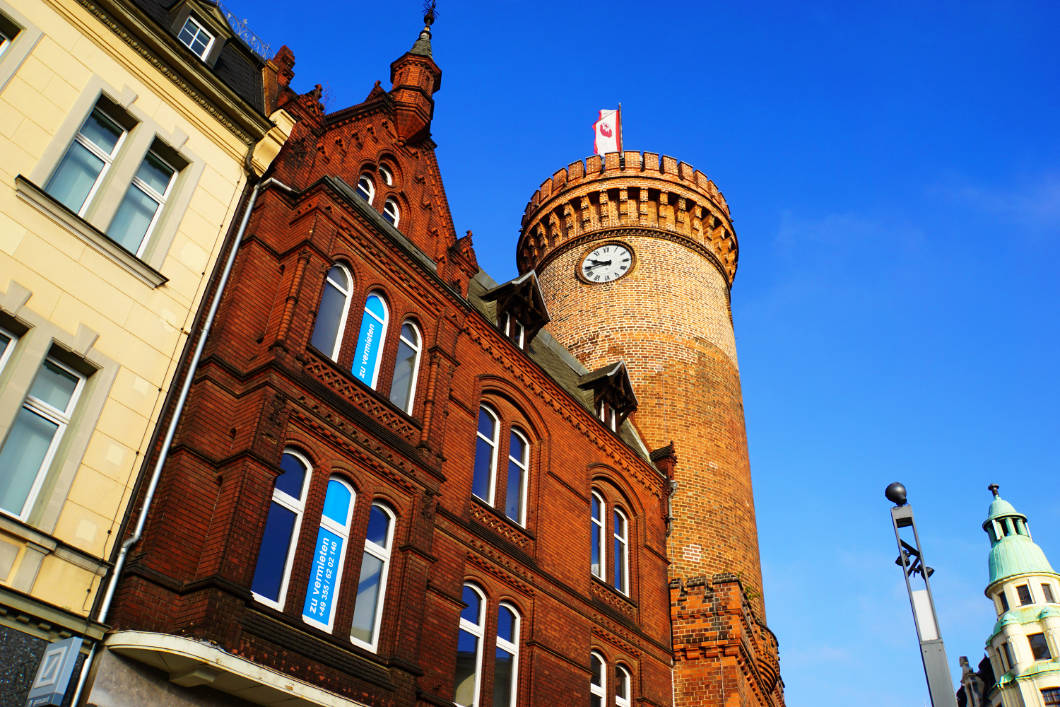
The original tower was part of the town’s defences and dates from the 13th century. The substructure is square, the tower itself round with a few slit-shaped openings.
After part of the tower was demolished in 1810, a new tower was built in 1823 according to Schinkel’s plans. A clock was installed in the tower in 1906.
A large, heavy wooden door leads to the inside of the tower. You can climb the 131 steps in the 30-metre-high tower 365 days a year. On 3 intermediate levels you can take a short breather and look at small exhibitions.
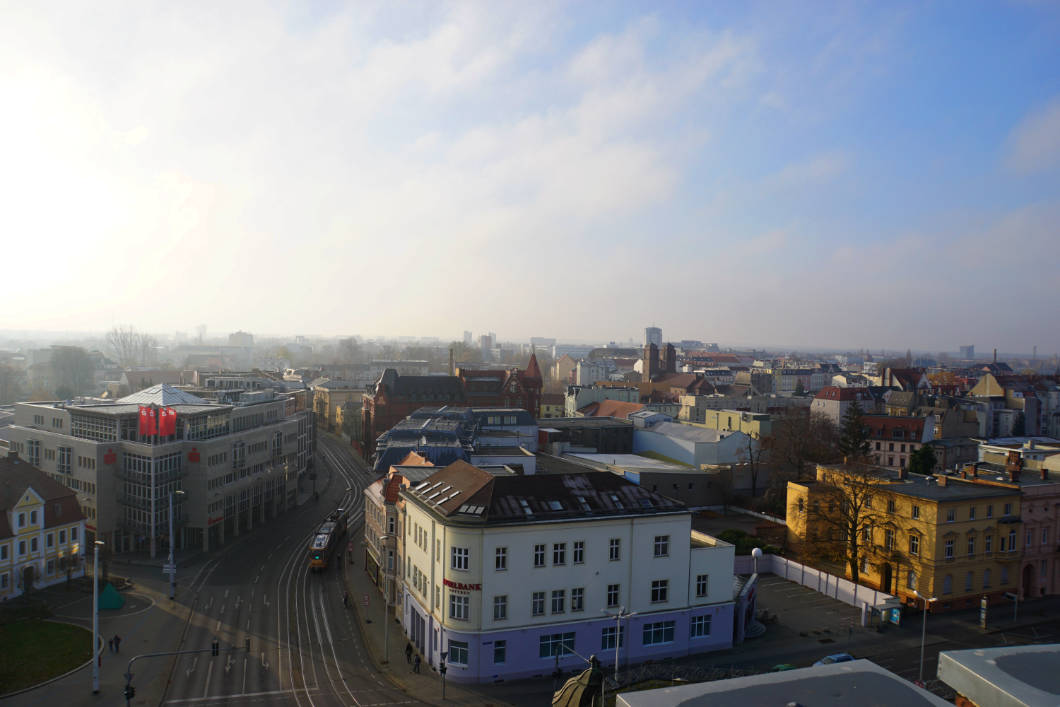
Once you reach the top, you have a fantastic view over the city from a surrounding gallery. For me, it was just the right place to take a look at the city and get a first impression.
Current opening hours can be found on the Website.
Peitz – Ironworks and Fisheries Museum
The fishing and fortress town of Peitz is also called the town between fire and water. Here you will find countless ponds and an old fortress. The fortress dates back to the 16th century, the first ponds were built around 1550. At first they served as protection for the fortress, later for fish farming.
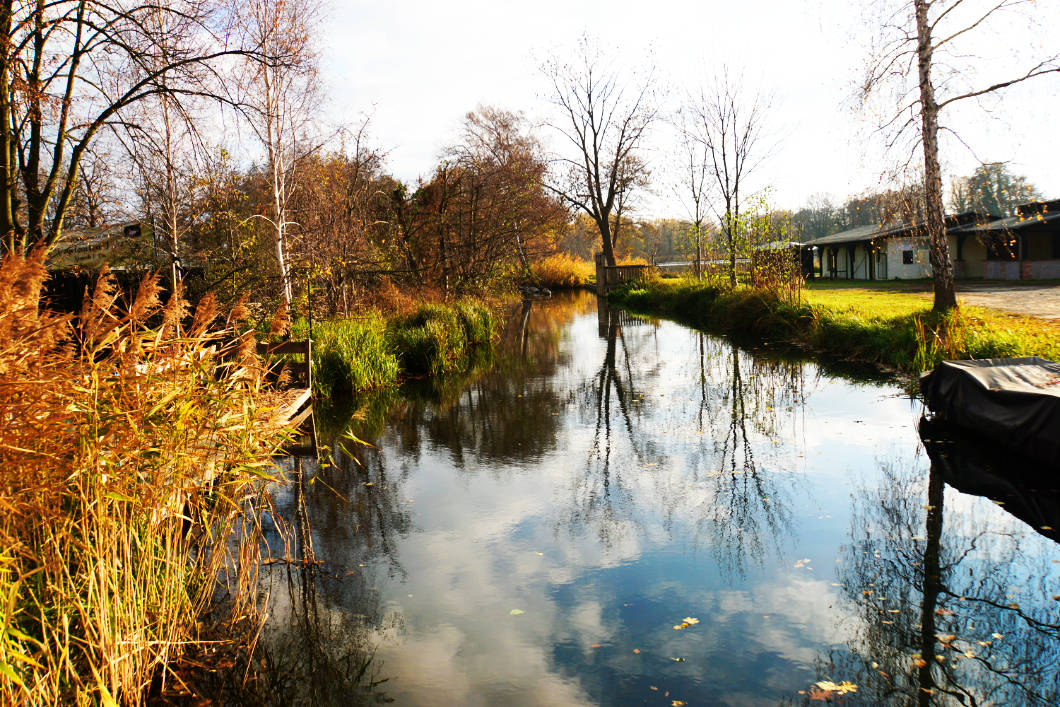
Ponds are present everywhere around Peitz. There are 33 ponds covering an area of 1000 ha, making it the largest contiguous pond area in Germany. The area is now a nature reserve and a refuge for many bird species. Fish farming is still practised, mainly carp are bred.
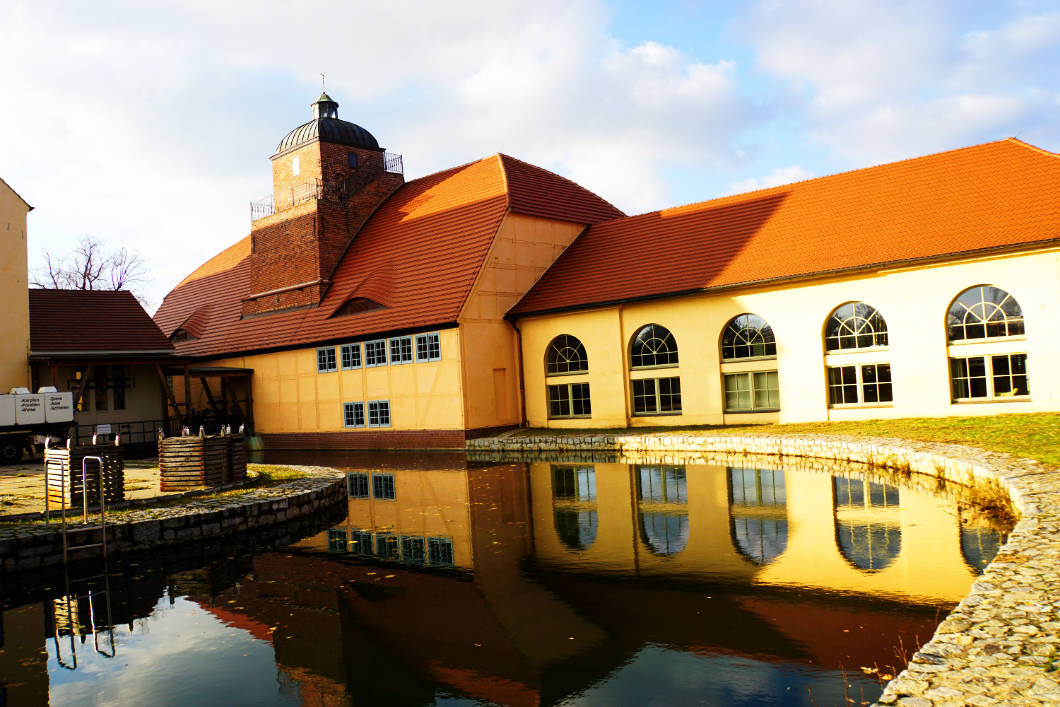
There was an ironworks in Peitz. Not only were bells made here, the armaments industry was also at home here.
Today, the ironworks and fisheries museum is located on the former ironworks site. The blast furnace and foundry hall from 1810 is part of the technical museum. Here we could watch aluminium show casting and cake baking.
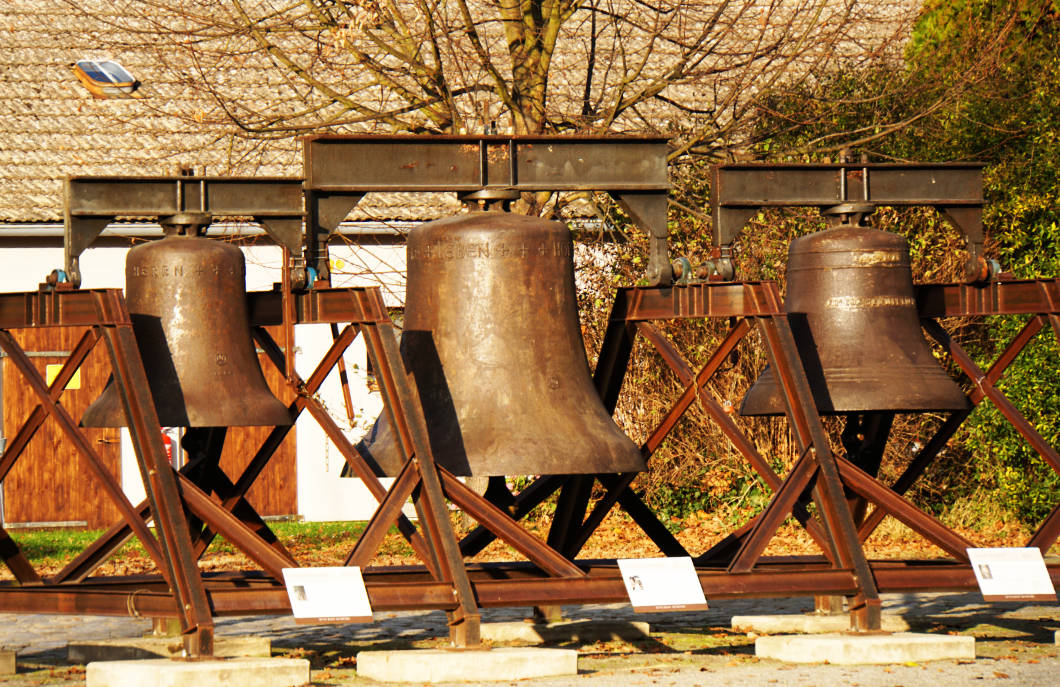
The oven was already heated and the molten aluminium was ready when we entered the museum. But before we could really get started, the mould had to be prepared. Traditionally, you fill a box with a mixture of sand and put moulds in it, which later form the negative mould for casting.
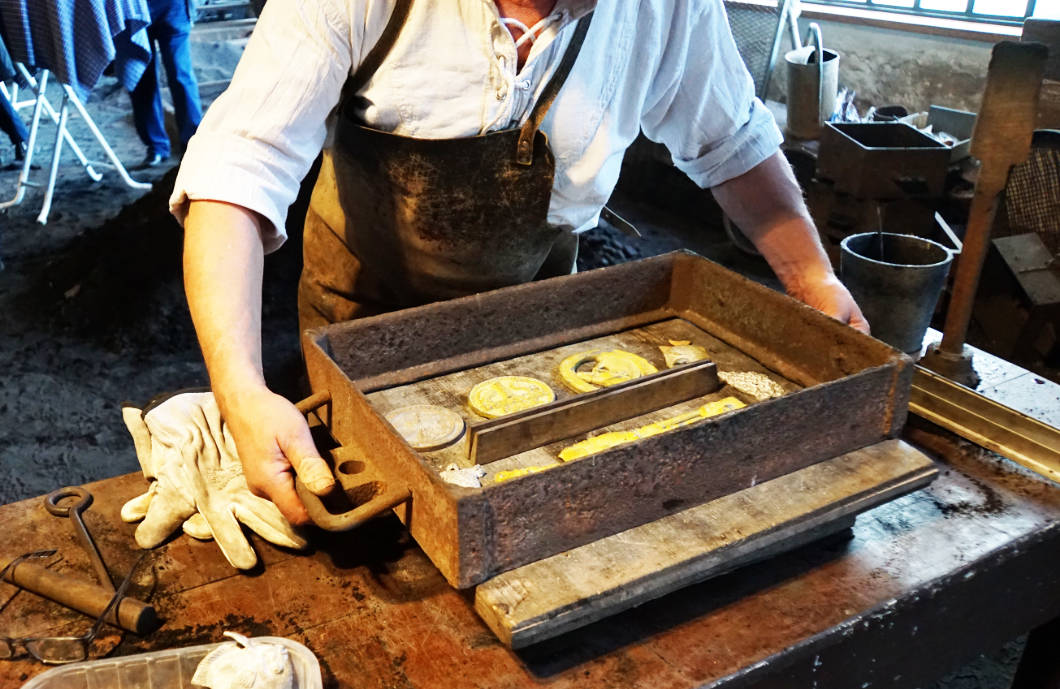
It takes a few physically quite strenuous steps until the liquid and hot aluminium can be poured in.
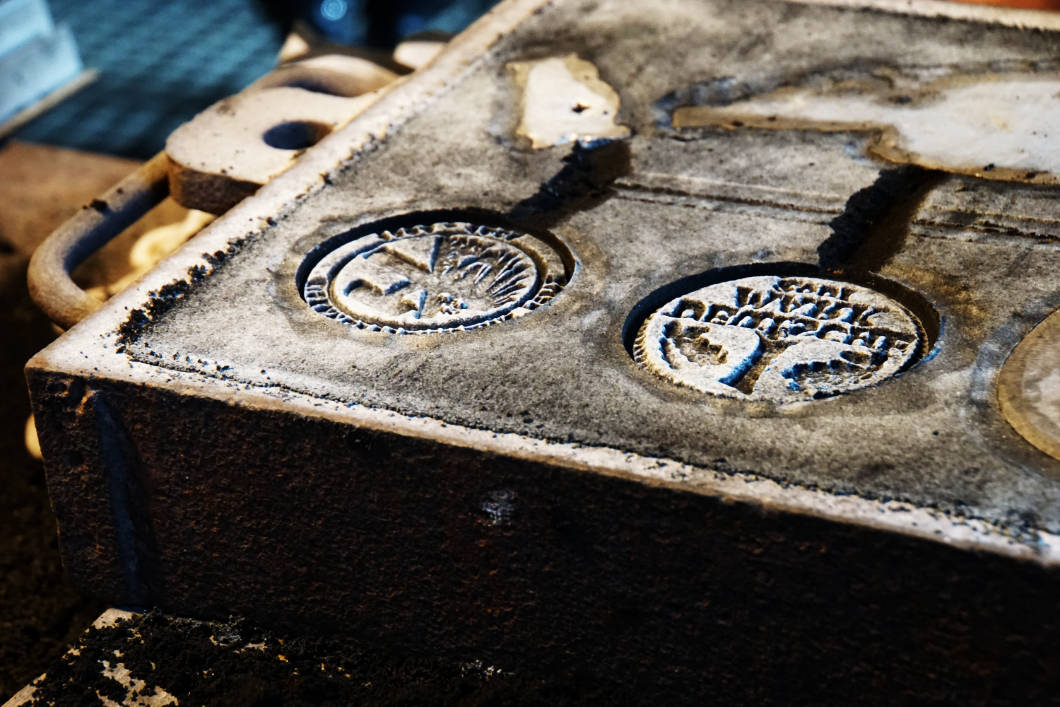
After a cooling period, the mould is opened and the finished cast elements emerge steaming.
I found it very interesting to experience how aluminium was once cast and especially how much work was involved.
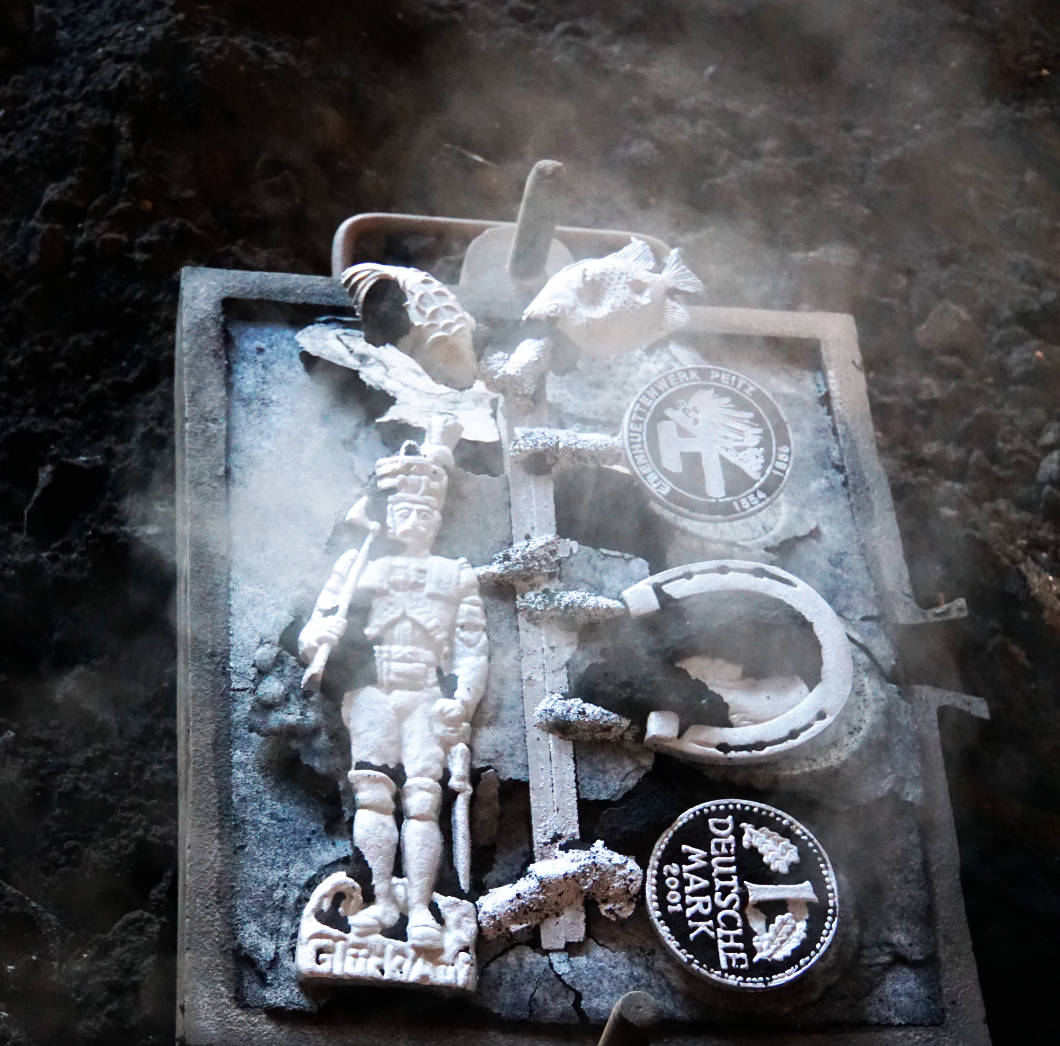
Unfortunately, there was not enough time for us to discover the entire museum. I will make up for it and come back.
Castle – Chimney barge trip
As dusk falls over the Spreewald, it’s time for a barge trip. At the Spreehafen in Burg, you can take a barge trip from the “Zum Schlangenkönig” guesthouse.

Thick red warm blankets already await us in the barge. The open fire flickers merrily on the tables between the benches. Even though I’m a little cold, I’m looking forward to taking the punt through a small part of the Spreewald.
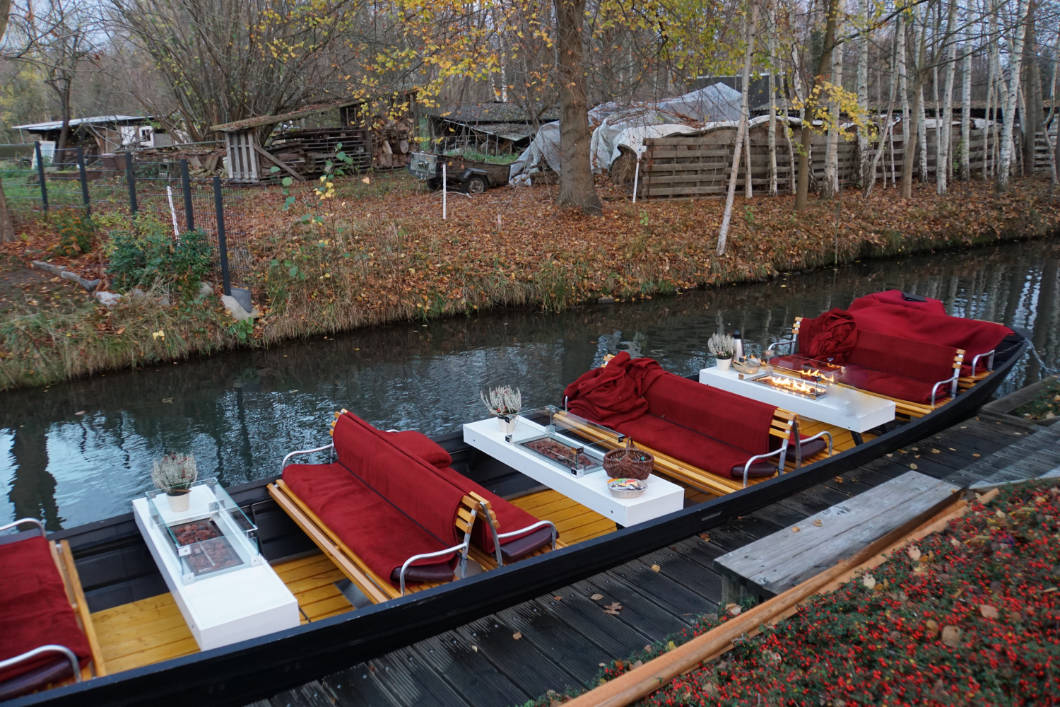
After we’re all snuggled up in the blankets and mulled wine in hand, our night drive begins.
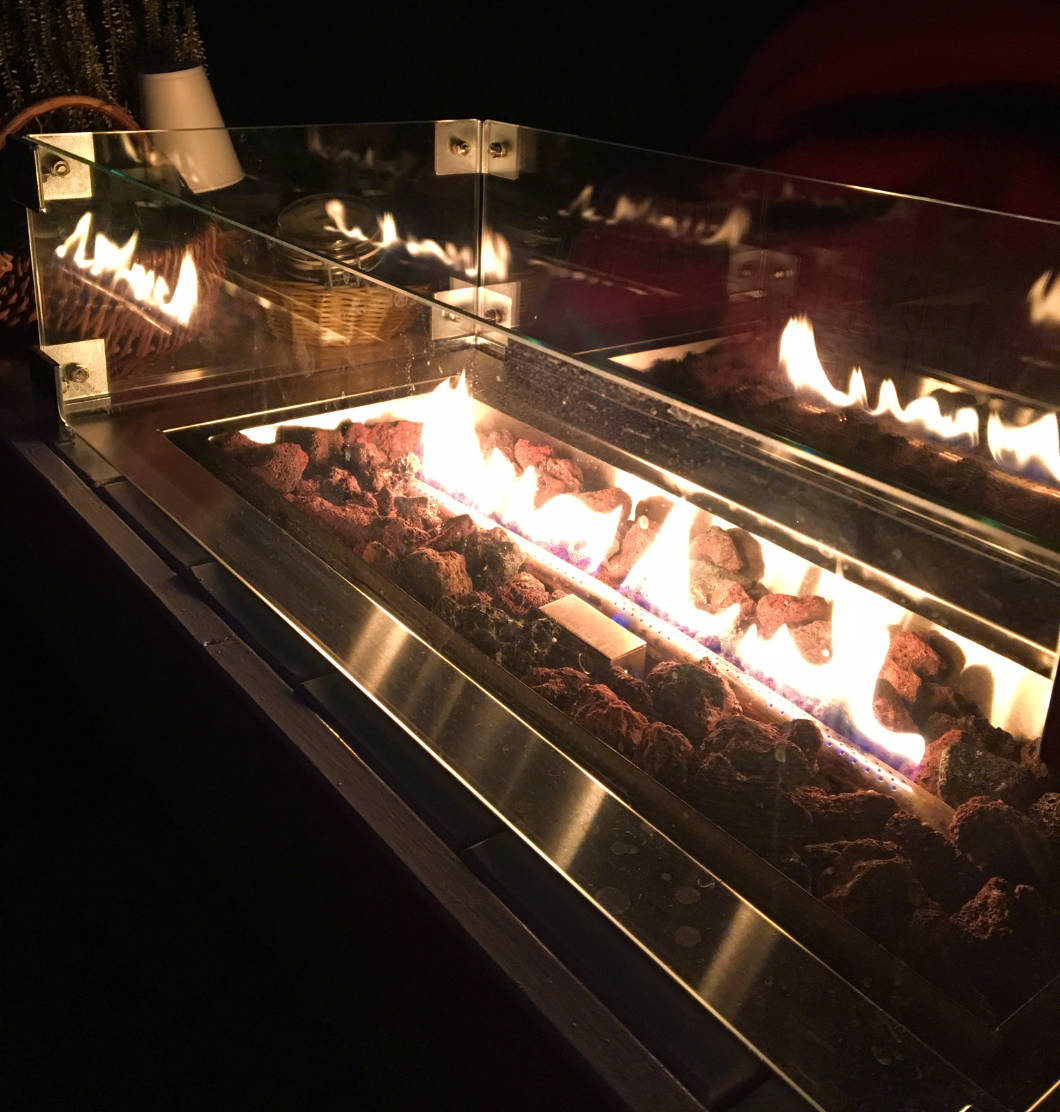
The sun continues to disappear and the autumnal Spreewald becomes darker and darker. At the edge of the riverbank we can spot nutrias (swamp beavers, beaver rats), which, startled, disappear from us into the water and swim away.
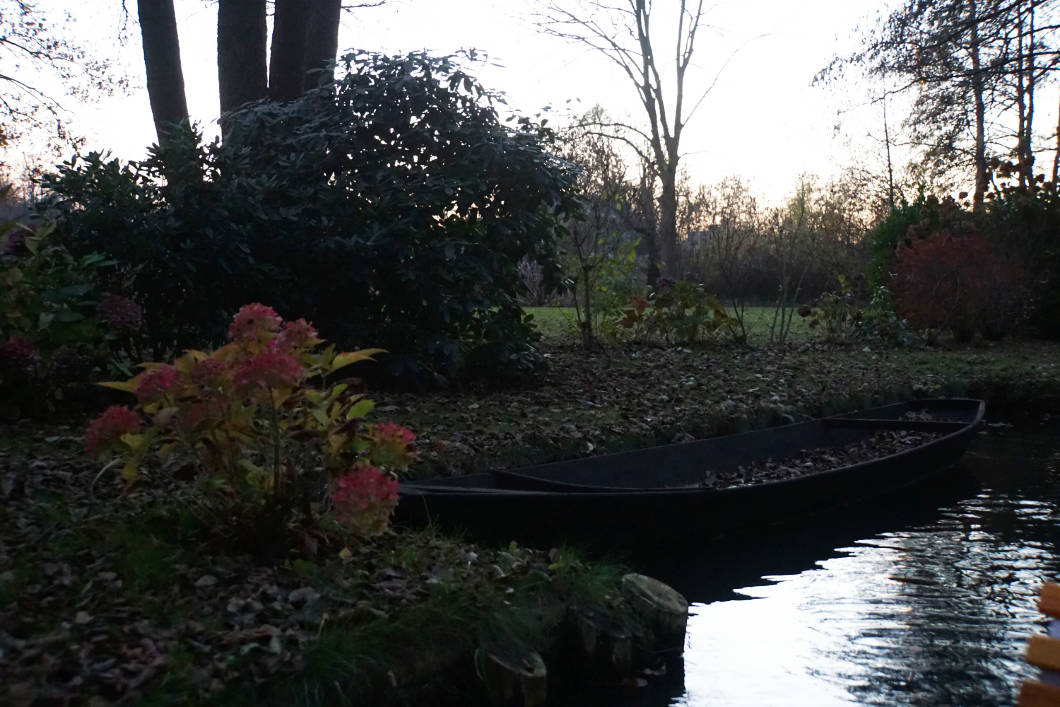
The autumnal trees transform in the dark and their bizarre shapes sometimes make them look a little eerie. Eventually it is so dark that only the light from the chimneys and the occasional house standing on the edge illuminates the field.
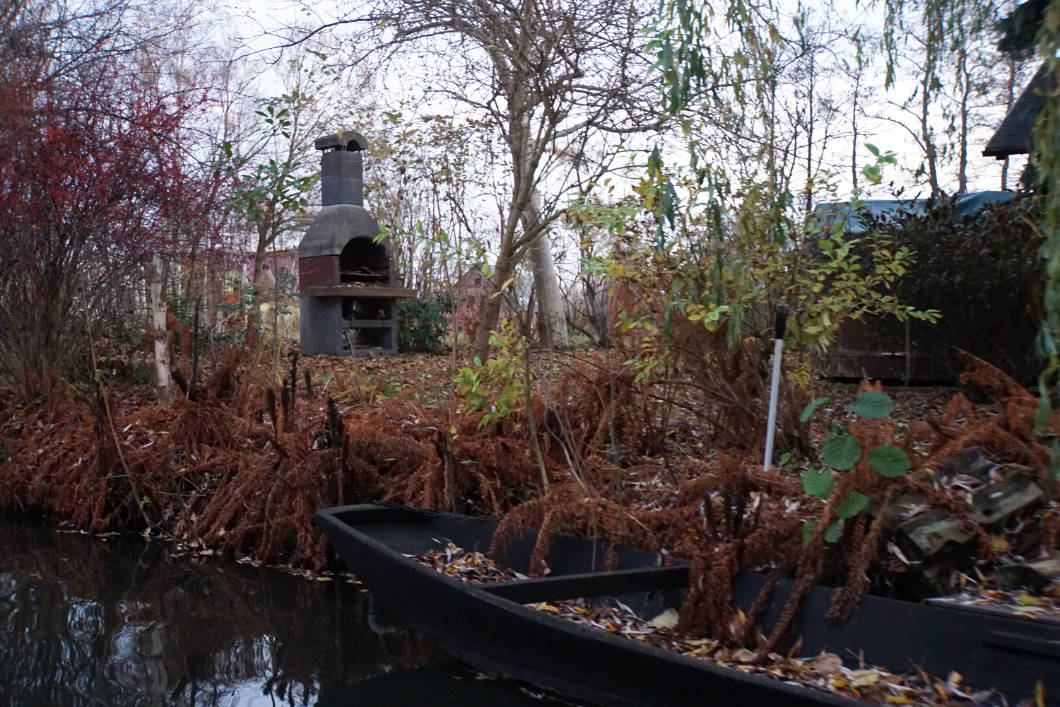
After an hour we moor again at the guesthouse. It’s a shame, it was really warm under the blankets and I’m reluctant to part with them and get off the barge.
A trip with the chimney barge in the colder months of the year is a great idea to discover the Spreewald in winter.
More informations on the Website .
Luckau – City Discoveries
In Luckau we went on a short tour of the town.
A highlight awaited us right at the beginning of our tour. In “Byanci’s shop” we can take a little look into the “underground Luckau”. The cellar is normally only opened to visitors on Open Monument Day, so I was all the more pleased to be allowed to take a look inside.
We descend a staircase and stand in a vault.
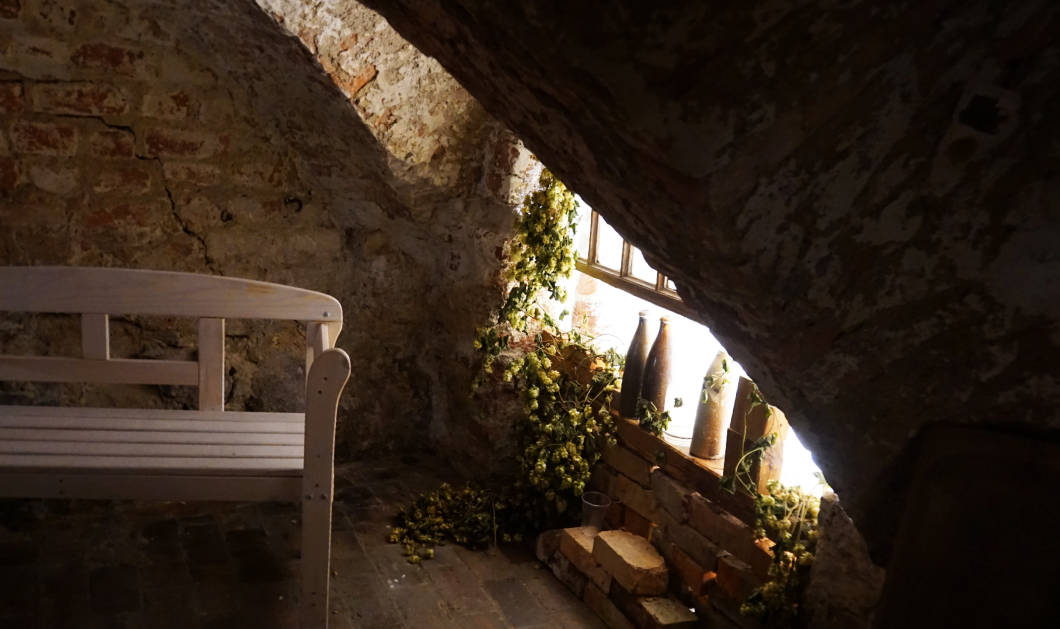
These rooms were once the ground floor of a residential house in Luckau. When there were several fires in Luckau between 1644 and 1652, many of the houses burnt down. The ground was piled up and new houses were built, so that former living quarters became cellars. It is nice that Luckau’s history has been preserved in this way.
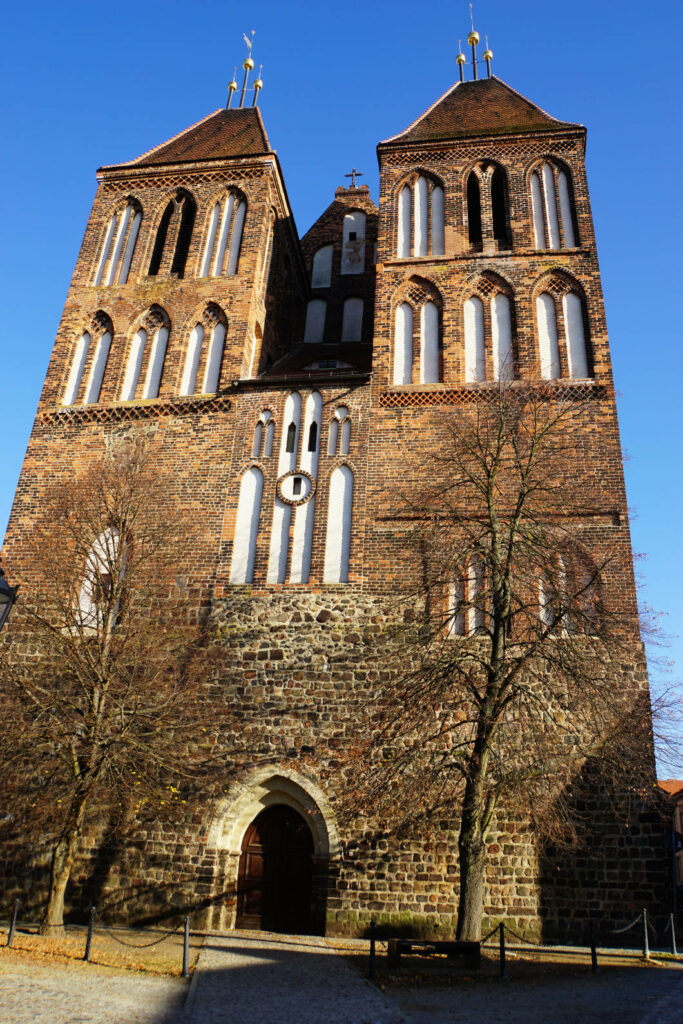
Church St.Nikolai
We are standing in front of a mighty church in the old town of Luckau. The church of St. Nikolai looks large and heavy.
The big heavy door of the church opens and quietly we enter the nave.
Even from outside, it could be heard beautifully, the organ of the church.
I listen to the tones of the baroque organ, which has pipes up to 5.5 metres high. What a full and voluminous sound that is.
A glance upwards shows me an elaborately decorated organ with some moving elements. For example, the sun and moon are circling and I discover that a figure is moving. The beautiful sound of the organ fills the church, which was built in various stages from the 13th to the 15th century, and I enjoy listening to it.

My gaze wanders through the interior. The altarpiece is about 12 metres high, in front of it stands the wooden baptismal font. I particularly like the galleries in the side aisles. They make the church really unique.
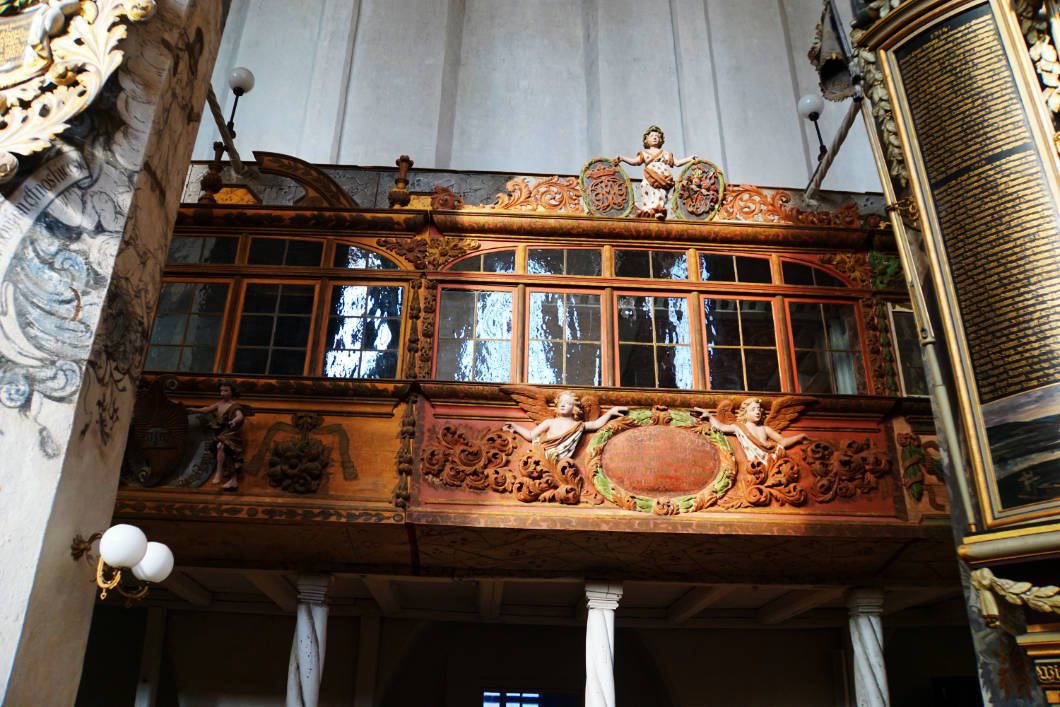
Napoleon House and City Wall
Luckau’s town wall has existed since the Middle Ages. You can walk along it on a circular path. The small half-timbered house that lies directly on the town wall has a special history. Napoleon stayed here for a day after his advance on Berlin failed in 1813.
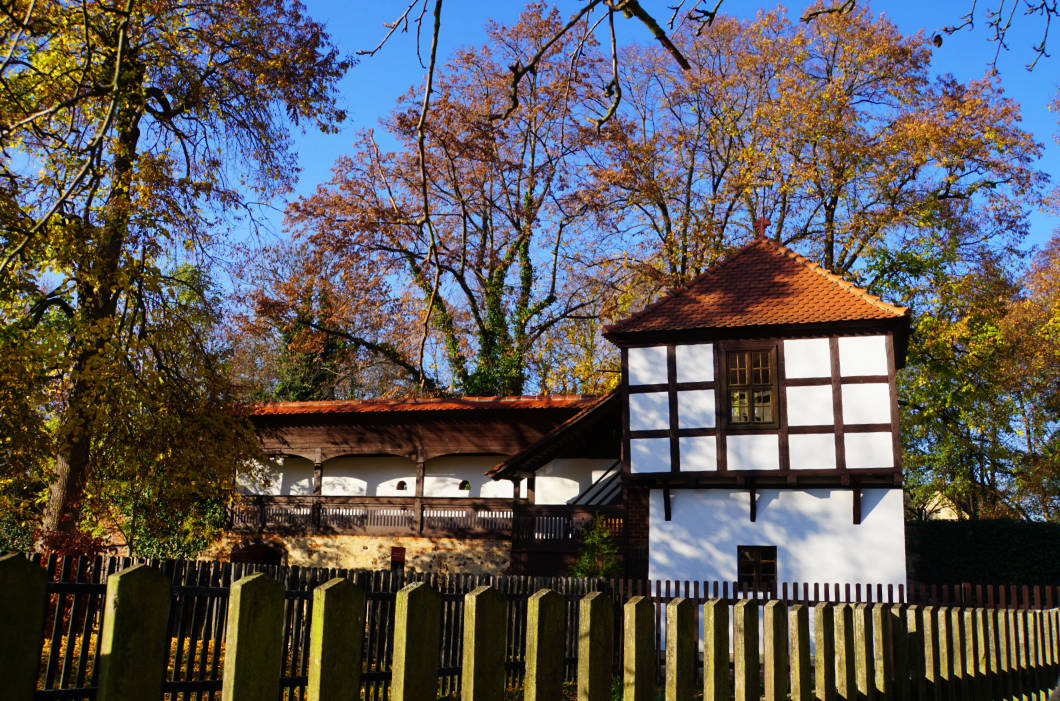
Former prison
Where criminals used to live and serve their sentences behind thick walls, a cultural meeting place has now been created.
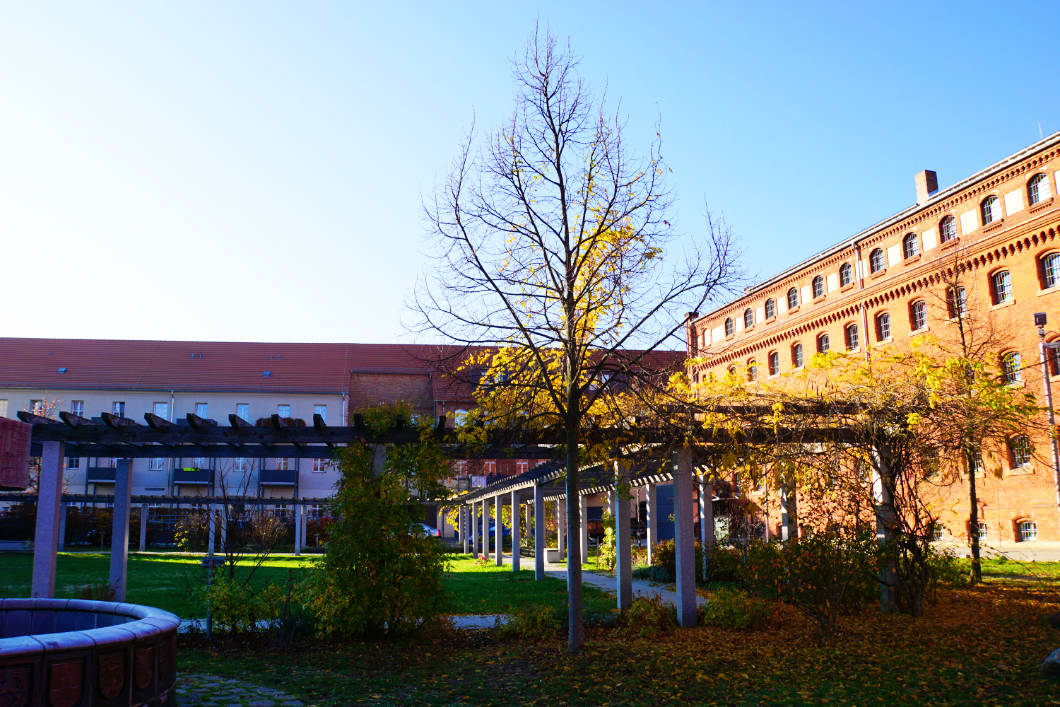
Here you will find the Museum of Humour and Satire, a large indoor playground and Luckau’s Church of Culture. Part of the former church is now a museum where, for example, the permanent exhibition “Im Knast. Penal system and everyday prison life in Luckau 1747 – 2005” is shown.
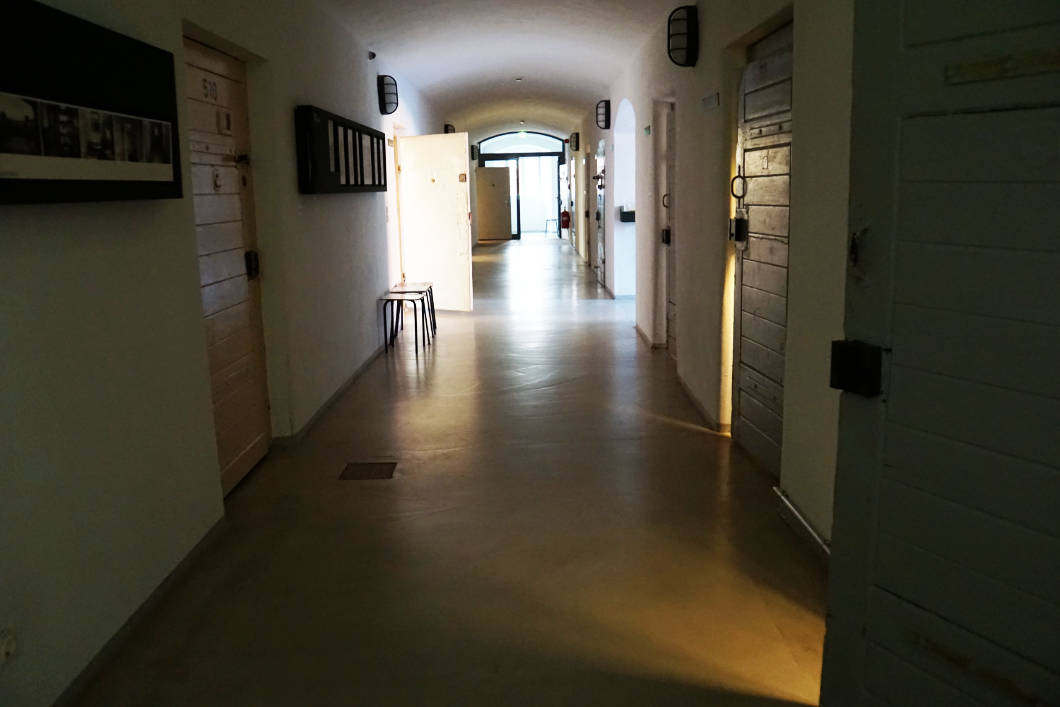
Unfortunately, there was only enough time for a quick photo before we continued our way through the old town.
Hausmanntower
The Hausmanntower stands directly next to the Georgen Chapel. The tower, which is about 47 metres high, served as the main fire watch from 1697. The tower watchman lived here and kept fire watch. The tower watchman kept watch here until 1909.
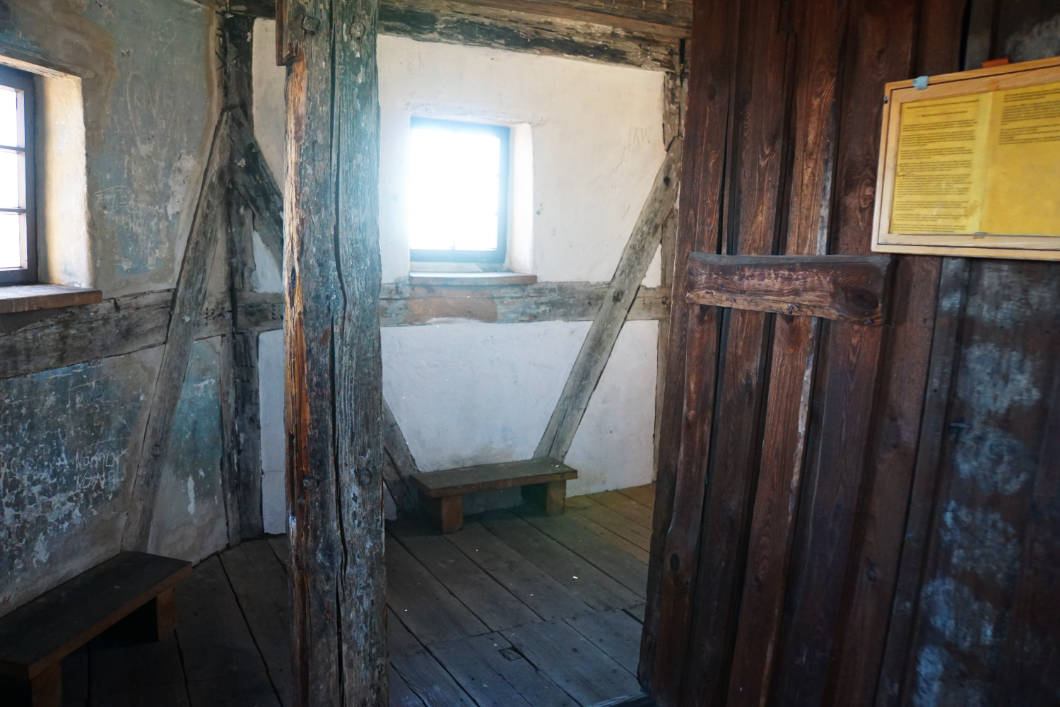
We are let into the tower through a door and climb a narrow and steep staircase. Once inside the former turret’s flat, the small windows offer a great view of Luckau’s old town. The tower keeper could have been envious of this view, but I don’t imagine it would have been very nice to live in this rather narrow room.

After a careful descent, our Spreewald tour continues to Lübben.
Lübben – Visit to the Wendish Farm
Our destination in Lübben is the Wendish farm of Spreewald-Christl.
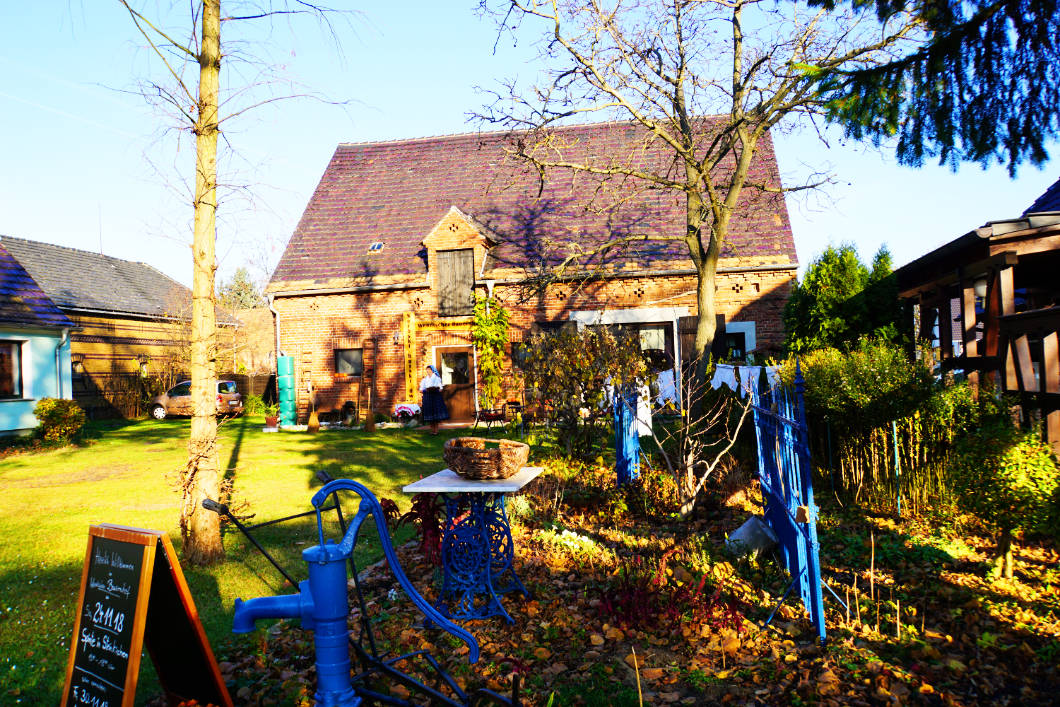
We are already expected and I must say, I like it here. A beautiful, well-maintained farm with several buildings stands here and Gisela Christel, the “Spreewald-Christl” welcomes us with a walnut liqueur and bread, oil and sugar.
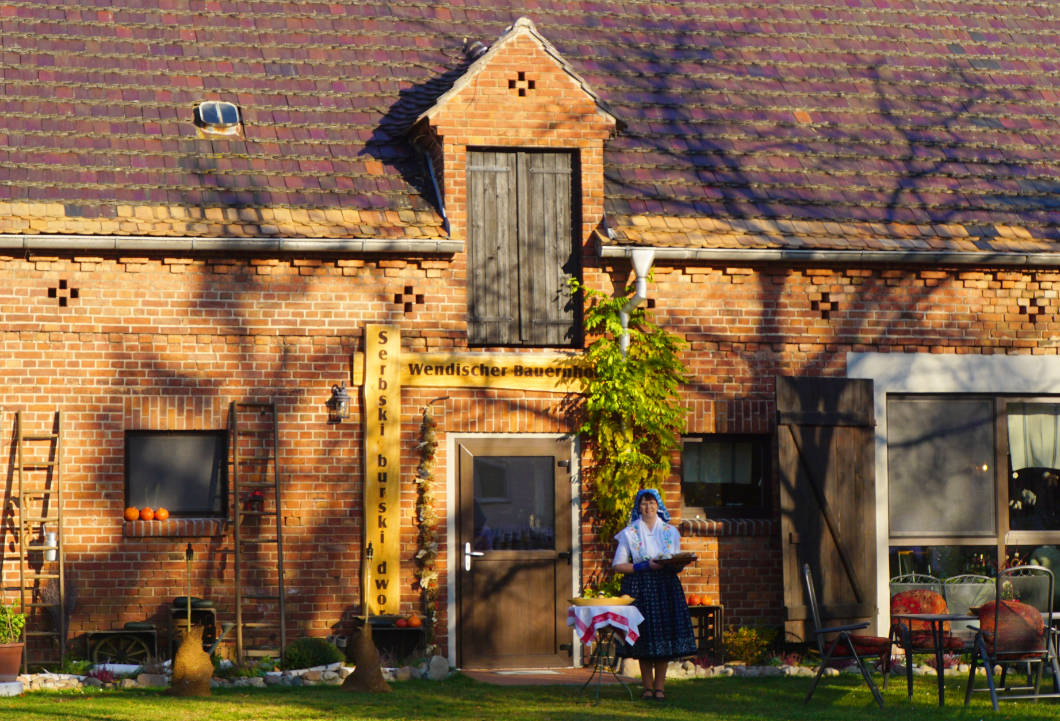
We enter a cosy room and our first glance falls on a richly laid buffet with regional food: Spreewald gherkins, breads with lard or blood and liver sausage, fruit skewers…
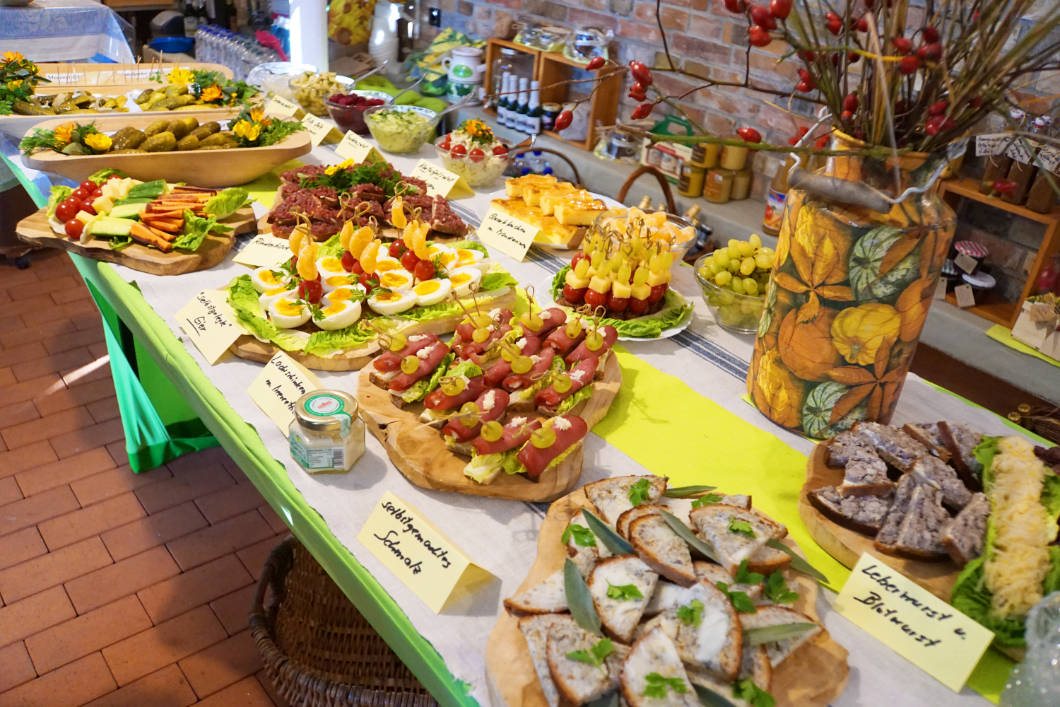
But before we sit down at the tables and listen to the stories from the spinning room, we look at a spinning wheel and are shown how the wool is processed, which is later used to make warm socks or gloves.

We spend almost two hours on the Wendish farm and learn a lot about the Sorbian culture in the Spreewald. In addition to a small language course, our hostess tells us how things were in the spinning rooms in winter. We learn about the Sorbian/Wendish customs around St. Andrew’s Day (30 November) and St. Martin’s Day (11 November). Yes, and accompanied by the accordion, we sing old folk songs that have almost been forgotten.

Time goes by far too quickly and I realise that Sorbian culture is really interesting and I would like to learn more about it. One topic that still interests me a lot is the many traditional costumes that exist in the Spreewald.
Finally: Tip for an overnight stay in Cottbus
During my stay in the Spreewald, I stayed at the Radisson Blu Hotel in Cottbus.
The hotel is easily accessible opposite the main railway station in Cottbus and the city centre can be reached on foot in just a few minutes. The hotel is also a very good starting point for tours to the Spreewald. By train, for example, it is easy to get to Lübben and by car it takes about 20 minutes to reach the Spreewald Nature Park.
I stayed in a room on the 5th floor that was rather unspectacularly furnished. The timeless classic design can be found in many hotels. I slept really well.
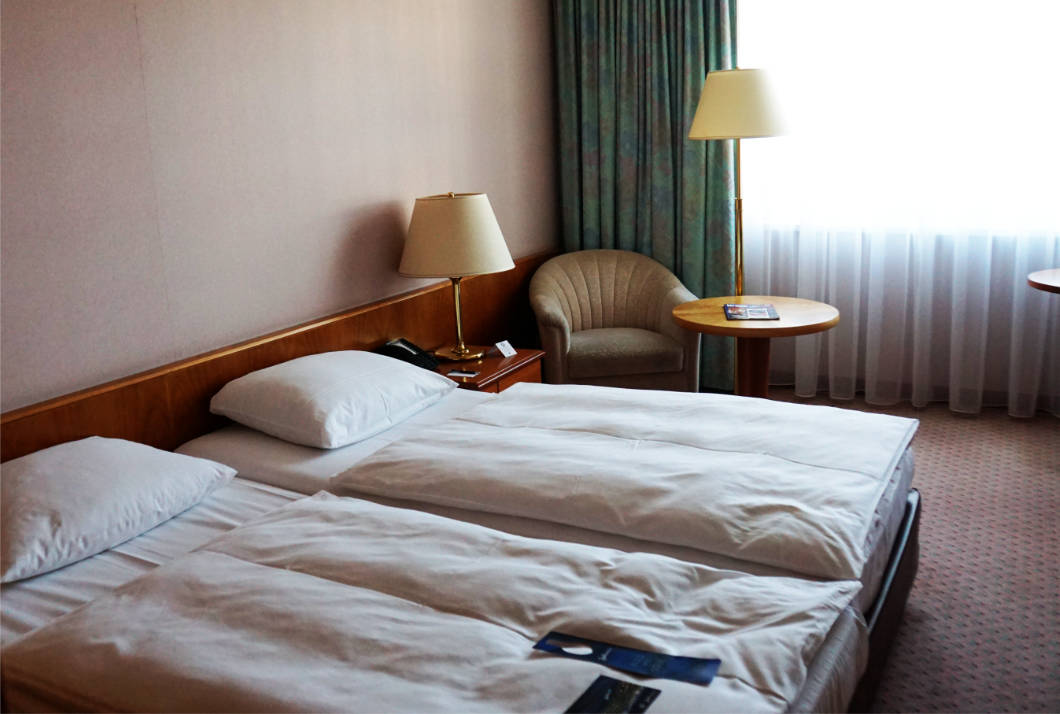
Free Wi-Fi is available throughout the hotel.
For those who want to relax after a trip to the surroundings, the hotel has a wellness area with swimming pool and sauna. Or how about a visit to the bar? Here you can get the right drink to round off the day.
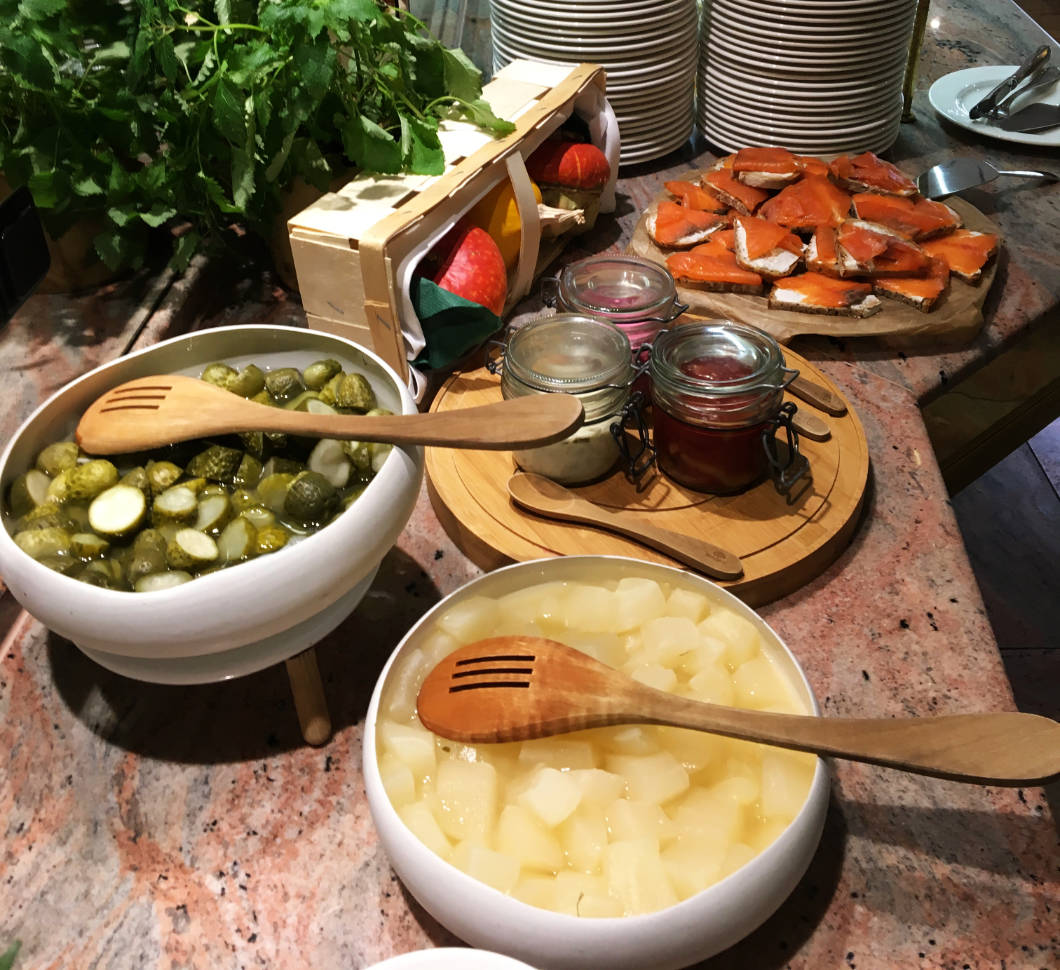
In the morning, a fantastic breakfast buffet awaited me in the Rotisserie restaurant. I really discovered everything that makes my breakfast heart beat faster: fresh fruit, muesli, yoghurt, rolls, different cold cuts … The start to the day could not have begun better.
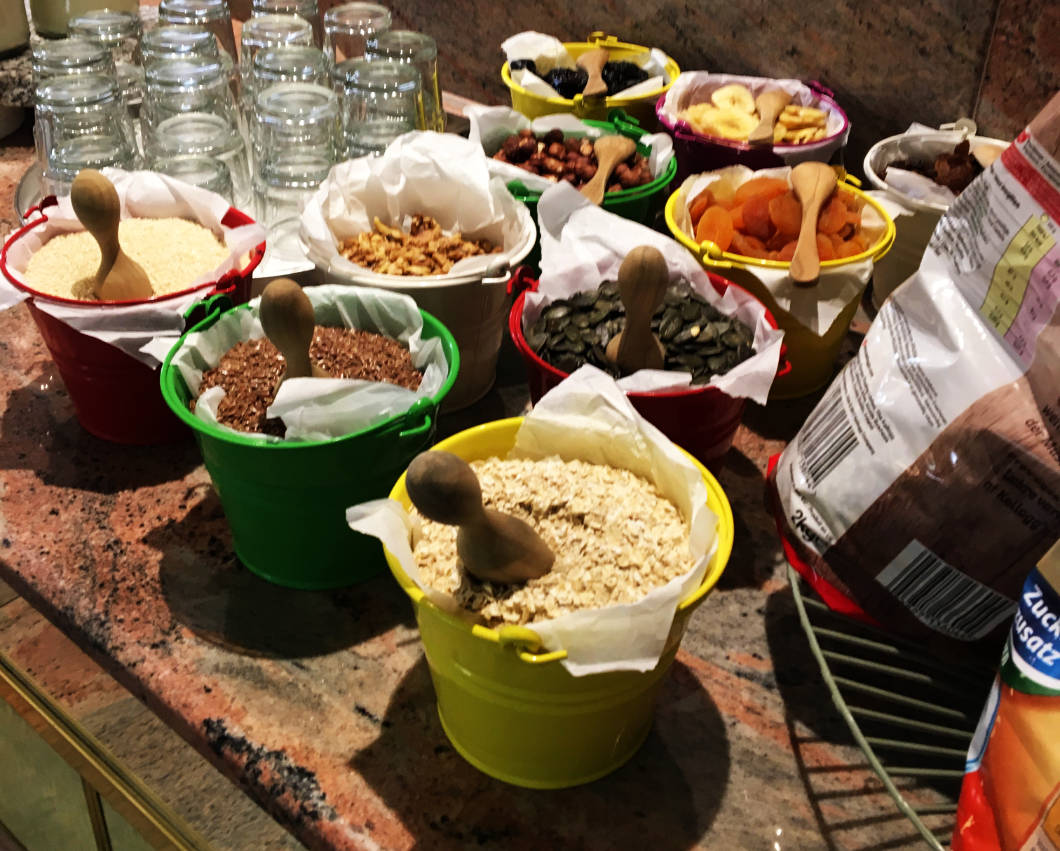
Disclosure: The visit to the Spreewald took place as part of a blogger trip. The article was written independently and reflects my impressions.

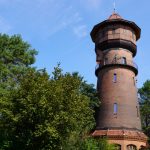
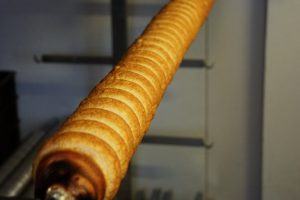
Leave a Reply